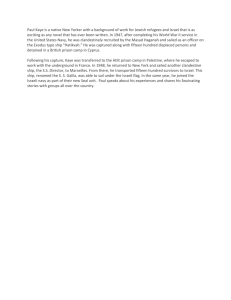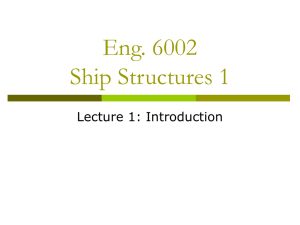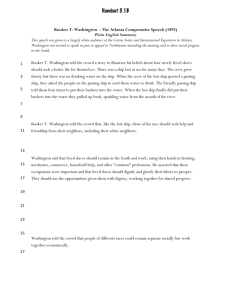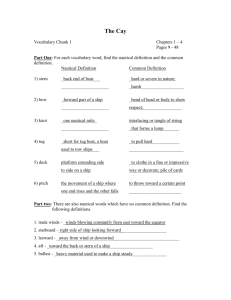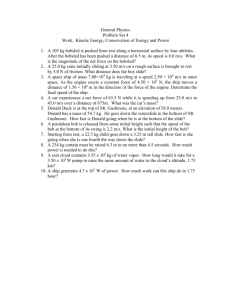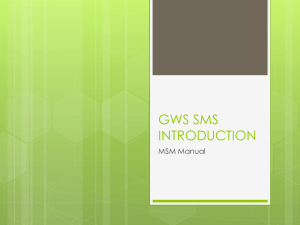slides
advertisement
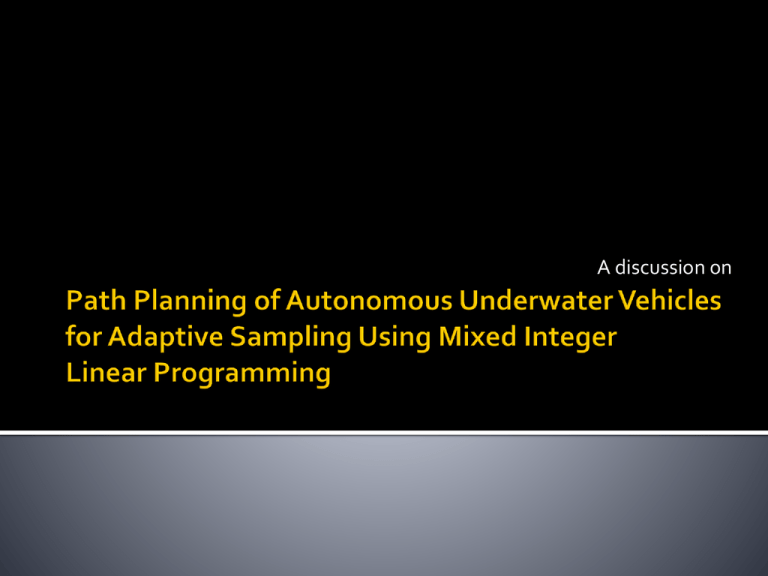
A discussion on Path Planning Autonomous Underwater Vehicles Adaptive Sampling Mixed Integer Linear programming Refer to pdfs Optimize a linear function in integers and real numbers given a set of linear constraints expressed as inequalities. Namik KemalYilmaz, Constantinos Evangelinos, Pierre F. J. Lermusiaux, and Nicholas M. Patrikalakis, Scarcity of measurement assets, accurate predictions, optimal coverage etc Existing techniques distinguish potential regions for extra observations, they do not intrinsically provide a path for the adaptive platforms. Moreover, existing planners are given way points a priori or they follow a greedy approach that does not guarantee global optimality Similar approach has been used in other engineering problems such as STSP. But AUV is a different case Define the path-planning problem in terms of an optimization framework and propose a method based on mixed integer linear programming (MILP) The mathematical goal is to find the vehicle path that maximizes the line integral of the uncertainty of field estimates along this path. Sampling this path can improve the accuracy of the field estimates the most. While achieving this objective, several constraints must be satisfied and are implemented. Inputs : uncertainty fields Unknowns : path With the desired objective function and proper problem constraints, the optimizer is expected to solve for the coordinates for each discrete waypoint. SOS2 Objective Function Primary Motion Constraints Anti Curling/ Winding Constraint The threshold being 2 grid points Disjunctive to Conjunctive A method for this is use of auxiliary binary variables and a Big-M Constant M is a number safely bigger than any of the numbers that may appear on the inequality Vicinity Constraints for Multiple-Vehicle Case Coordination Issues Related to Communication With AUV Coordination With a Ship and Ship Shadowing ▪ Acoustical Communication ▪ Radio and Direct Communications Communication With a Shore Station Communication With an AOSN To stay in range of communication Avoid Collision To terminate at the ship To terminate near ship If need to communicate to shore in end use equation 29 If need to board the ship in the end use equation 27 To stay in range of communication Return the shore station Autonomous Ocean Sampling Network To take care of docking capacity of each buoy Obstacle Avoidance Inequalities Uncertainty in the obstacle region to be very high negative numbers The XPress-MP optimization package from “Dash Optimization.” MILP solver that uses brand and bound algorithm. Results for SingleVehicle Case Results for the twovehicle case. Collision avoidance comes into picture Sensitivity to the Number of Vehicles Ship shadowing/ Communication TIME PROGRESSION



